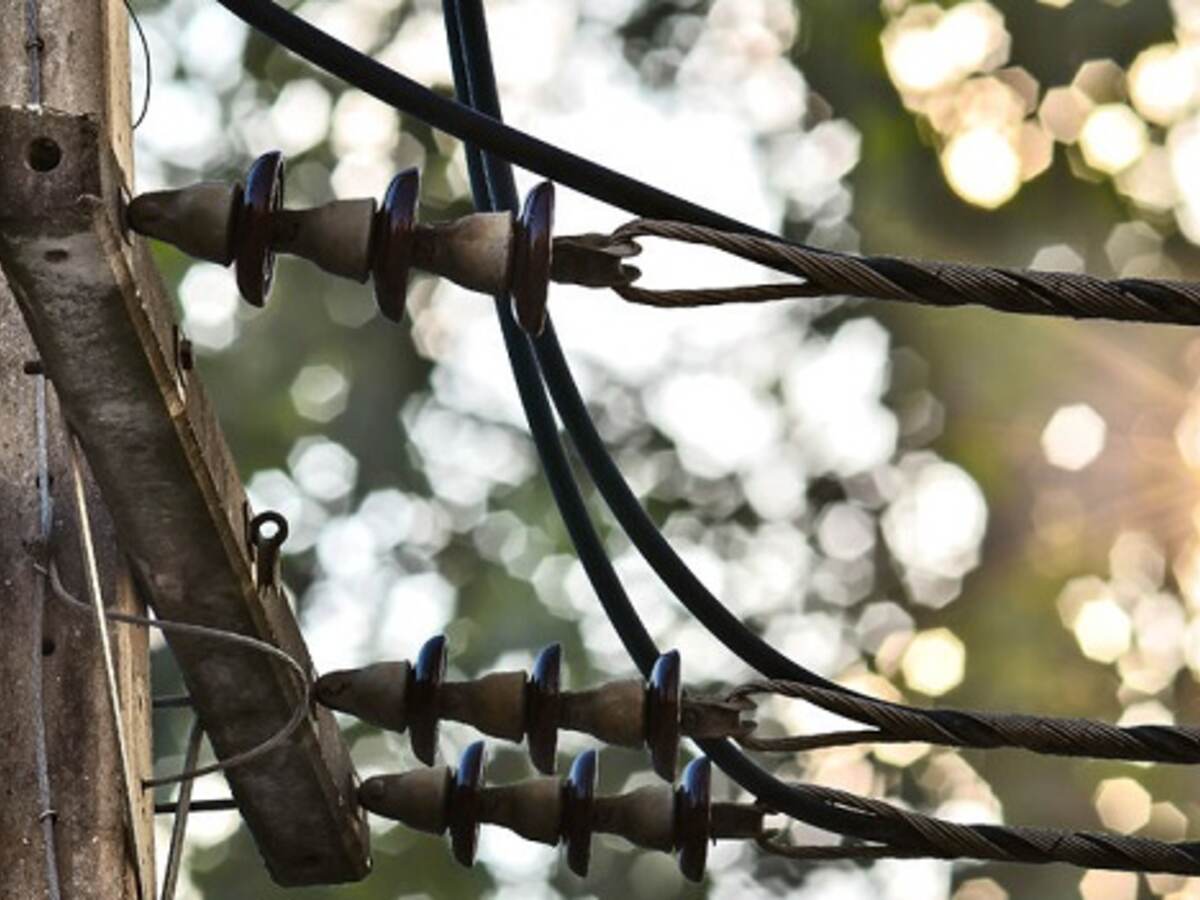March 20, 2018
Have you noticed changes in the workforce? If you have, you’re not alone. The overall U.S. labor force participation rate is trending downwards. Currently, at 62.7—down from its peak of 67.1 percent in 2000—the labor force is projected to decrease to 61.0 percent in 2026, according to the U.S. Bureau of Labor Statistics. An aging population along with low birth rates are contributing to the decline to create new challenges for industries across many sectors.
While this trend affects many organizations, the utility industry has been severely impacted by these demographic shifts. During the 1980s and 1990s, lower demand growth combined with regulatory uncertainty led utilities to reduce internal training programs and scale back hiring. This reduction contributed to a dip in the number of utility workers able to move into middle and upper management positions, creating a workforce gap as large numbers of baby boomers retire.
This trend continues today, complicated by a shift in the utilities’ priorities from a traditional hardware and reliability focus to new business models, the digitization of the grid and the integration of renewables into the energy mix.
The U.S. Senate Committee on Energy and Natural Resources outlined the complexity of the problem in its paper, Building an Energy Workforce for the 21st Century (2016), but its findings mirror information learned about the utility industry by UL’s Wire and Cable division.
Paul Knapp, a principal engineer with wire and cable, and Eric Bulington, business development director for UL’s Wire and Cable business, developed programs to help utilities with their cable supplier audits and product inspections.
Prior to the changing market forces, utilities, who act as their own authorities having jurisdiction, used to perform their own supplier audits and factory inspections but many now lack sufficient manpower and reach to conduct these activities on their own.
Through UL’s Medium-Voltage Cable Supplier Audit Program and Inspection Program, UL can witness wire and cable product testing to make sure it meets the specific requirements for each utility before shipping.
UL started to work on the program in late 2016 by first speaking with utilities at tradeshows and conferences to define the problem and learn how UL could best design the program to meet their needs. The next steps were to determine program delivery and writing program requirements.
The primary goal of the program is to help improve network performance. Faulty cables can result in extended downtime and potential fines for a utility.
“Utilities are interested in making sure that the cables in their network meet certain performance and quality specifications,” Knapp explained. “A power loss can result in regulatory fines, bad publicity, consumer complaints or any number of things that go with losing power.”
Additionally, utilities are tasked with the maintenance and replacement of transmission and distribution cables, yet only a small portion of their budget is allocated for this with the expectation that only one to two percent of the cables will be replaced each year. This means the cables need to last 50-100 years, which exceeds the expected service life of standard power cables.
“When they’re already upside down on the replacement budget, the utility begins to place a lot of emphasis on making sure that any cable they buy doesn’t fail,” said Bulington. “The program allows utilities to consider cable manufacturers with a higher level of confidence because they trust us.”
UL’s wire and cable knowledge along with input from the utility industry allowed the Wire and Cable division to combine elements from the International Standards Organization (ISO), cable manufacturing best practices and relevant standards into one, comprehensive audit.
It’s a simple solution to a complex problem.
The program is easy to use too with the utility writing into the supplier specifications that this is a new requirement of the organization. Suppliers must show a UL certificate of inspection to prove they have complied with the inspections and audits.
“UL engages directly with the manufacturer, including billing the manufacturers directly for the cost of the audit or inspection,” Knapp explained. “The utilities don’t have to figure out a new process or add a new vendor to get the certificate of inspection.”
“The utilities get to do what they already know, which is to write a technical purchase specification,” said Knapp. “And, it allows our customers, the manufacturers, to continue to operate with UL in the mode they’re comfortable with and used to.”
To learn more about the UL Medium Voltage Cable Supplier Audit Program or the UL Medium Voltage Cable Inspection Program, please contact UL Wire and Cable.

